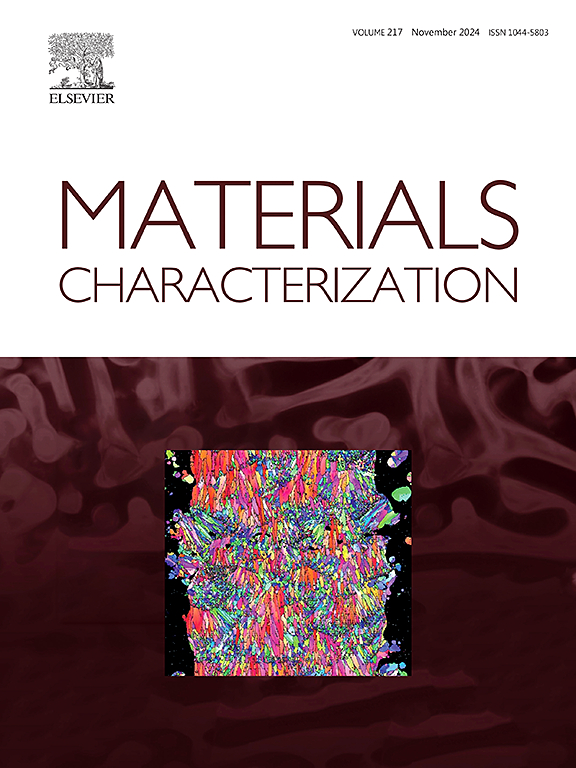Effect of laser-induced protective materials/rare earth boride double protection structure on the microstructure and properties of multi-pass ER2209 underwater direct laser energy deposition coating
IF 4.8
2区 材料科学
Q1 MATERIALS SCIENCE, CHARACTERIZATION & TESTING
引用次数: 0
Abstract
Underwater direct laser energy deposition technology has emerged as a prominent research focus in the field of underwater in-situ restoration due to its ease of operation and high precision in repairs. This study successfully prepared an ER2209 underwater in-situ cladding layer using a self-designed underwater laser-induced self-protection material. However, achieving a balance between the forming quality of the underwater repair layer and its critical service performance remains a significant research challenge. In this investigation, we introduced rare earth boride (LaB6) into the underwater self-protective material, thereby constructing a double-layer composite protection structure. The results indicate that the incorporation of rare earth elements from the LaB6 protective layer enhances the purification of the molten pool, leading to a more uniform internal structure of the underwater repair coating. The solution strengthening provided by the small atomic radius of the B element, combined with the lattice distortion effect of the larger atomic radius La element, contributed to improvements in microhardness and abrasion resistance of the underwater repair layer. In summary, the underwater in-situ cladding coating, characterized by superior forming quality and optimal properties, has been successfully prepared using an underwater self-purification/rare earth boride double-layer protective material structure. This advancement offers significant insights for the field of underwater in-situ laser repair.

求助全文
约1分钟内获得全文
求助全文
来源期刊

Materials Characterization
工程技术-材料科学:表征与测试
CiteScore
7.60
自引率
8.50%
发文量
746
审稿时长
36 days
期刊介绍:
Materials Characterization features original articles and state-of-the-art reviews on theoretical and practical aspects of the structure and behaviour of materials.
The Journal focuses on all characterization techniques, including all forms of microscopy (light, electron, acoustic, etc.,) and analysis (especially microanalysis and surface analytical techniques). Developments in both this wide range of techniques and their application to the quantification of the microstructure of materials are essential facets of the Journal.
The Journal provides the Materials Scientist/Engineer with up-to-date information on many types of materials with an underlying theme of explaining the behavior of materials using novel approaches. Materials covered by the journal include:
Metals & Alloys
Ceramics
Nanomaterials
Biomedical materials
Optical materials
Composites
Natural Materials.
 求助内容:
求助内容: 应助结果提醒方式:
应助结果提醒方式:


